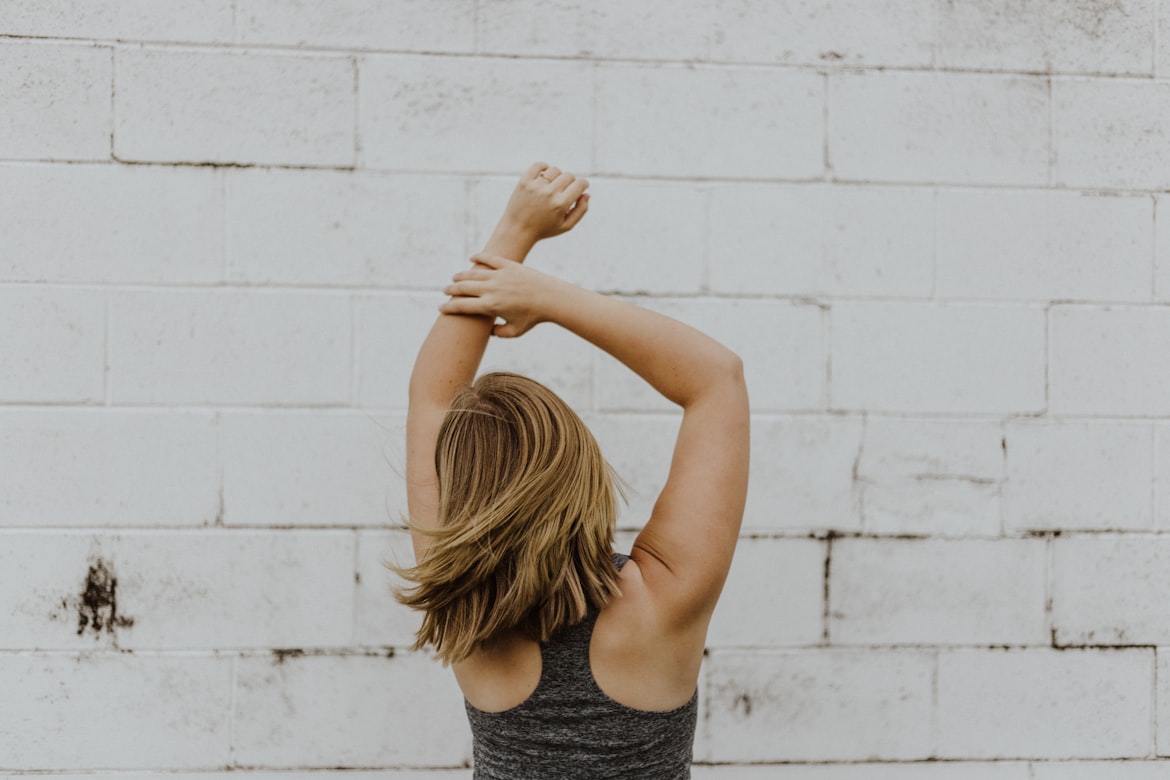Pei-Shan Sun
“Have you always been unsatisfied with your body shape, trying various ways to work on it? Either weight loss or bodybuilding often reflects how you feel about yourself. Let’s explore more!”
case
May seems a bit chubby and she worries that she may be singled out in a group where everybody seems slim. Afraid of being singled out, May diets to lose weight but ends up losing her health.
Have you ever had the same experience as May? Do you always feel overweight and need to lose some pounds? Have you ever doubted yourself because of being too heavy? Have you ever been worried that the impressions you leave on others are bad? Do you often feel not good enough and wonder why a decent boy/girlfriend is so hard to find? If so, try to think over how your perception of your body can influence the way you think and feel about yourself.
What is “body image”?
“Body image” represents how you think and feel about your body, including your perception and attitude toward your body as well as others’ opinions of your appearance.
Characteristics of Body Image:
- Body image refers to our perceptions of our own physical appearance and the way in which we see our own body.
- Body image involves age, gender, and others’ opinions.
- Body image experiences are closely linked to personal feelings.
- Body image tends to be socially constructed; for example, modern people emphasize slender builds while people in ancient Tang dynasty preferred full builds because of Yang Guifei.
- The relevance of body image may vary with age, environmental influences or major events.
- Body image influences information processing; a negative body image affects information processing as well.
- Body image drives behavior; we choose our clothes depending on body image.

The Related Factors of Body Image:
- Gender: Females care and value their appearance more than males do, and also tend to have negative feelings toward them.
- Developmental stages: People value body image the most in the stage of adolescence and they will care about it until they are in the stage of toung adulthood. College students are in the late stage of adolescence.
- Family’s social economic status: people with abundant resources tend to appreciate buxom women and visa versa.
- Attitudes and assessments of important others: Parents, teachers, peers and others who are important influence personal body image.
- Personality and emotion: A significant positive correlation exists between body image and self-esteem; a strong negative correlation also exists between body image and depression.
- Social cultures and the media: The media, the most influential force in contemporary cultures, connect slenderness to beauty, success, positive impressions as well as attractiveness.
Weight Control Program – The Viewpoint of Body Image
Based on the factors presented above, we know that females care and value their body images more than males. Their low self-esteem especially reflects their low satisfaction toward their body shapes. Also, they tend to be influenced by cultural environments, especially the media. As a result, they should emphasize values clarification and enhance self-esteem when they want to undertake a weight control plan. The ways we suggest are as follows:
- Improve your body image and understand what an ideal body image truly means: Everyone should follow the principle that being pretty means staying healthy. Either being full or slim can both be attractive.
- Calculate your standard weight: Use body mass index (BMI) to know your body fat percentage.
- Consult a nutritionist or dietitian: Contact a nutritionist or go to public health institutes or medical organizations to learn more tips for healthy eating.
- Exercise more and eat less: Eat less but still with regular meals each day.
“Eat breakfast like a king, lunch like a prince, and dinner like pauper.” Try three smaller meals, with a few snacks in between and more exercise. - Develop recreational skills: Develop recreational skills to enhance self-esteem. For example, you can do painting, writing, jogging, cooking, and play the piano or learn tea preparation and so on.
This standard weight chart is for reference only
| Calculation | BMI (Body mass index) | Ideal weight |
| Formula | weight(kg)/height(m2) | Females = (height-70) x 0.6 Males = (height-80) x 0.7 (height- with height measurements on the scale in cm) |
| Underweight | <18.5 | |
| Normal weight | 18.5-24 | ±10% over weight |
| Overweight | 24-27 | more than 10% over weight |
| Obesity | 27 + (waist: males > 90cm; females >80cm) | |
| References | Department of Health, Executive Yuan (2002) | Department of Health, Executive Yuan (2000) |
References:
Huang, S.J., Hung, W.C. & Yin, Y.W., (2003). The Longitudinal Study of Body Image of the Undergraduate Students: The Influence of Gender. Chinese Journal of School Health, 43, 24-41.
Yu, Y.Y., (2001). Weight Control Program – the Viewpoint of Body Image. Chinese Journal of School Health, 38, 56-69.